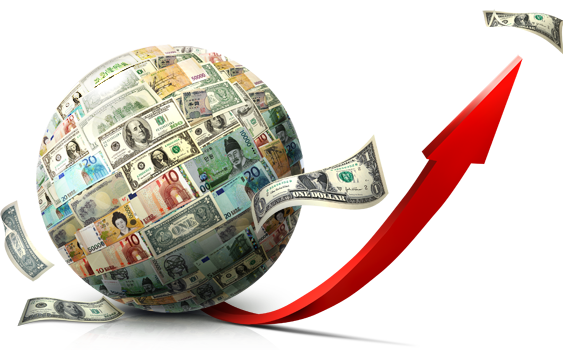World Bank Urges Laos To Let Kip Follow Market
Source: Vientiane Times
The World Bank has recommended that Laos let its currency follow the market as other nations cut interest rates in the wake of the US-China trade dispute.
World Bank Senior Economist, Mr Somneuk Davading, gave the advice during the launch of the latest edition of the Bank’s Lao Economic Monitor on Monday, which followed the US Federal Reserve’s cut in the interest rate to counter the impacts from trade tensions.
“The [Lao] government needs to let the kip to fluctuate more than in the past and closer to the market. This will help the government to reduce the burden on reserves, especially when you take some intervention in maintaining the exchange rate,” he said.

“We hope the kip will go towards a market-oriented channel. And this will help the government to interfere less given we have a small reserve buffer.”
Mr Somneuk also touched upon how to strengthen the exchange rate and rebuild confidence, so that more people use the local currency.
“We have to make sure we promote economic growth and exports, and this will bring in foreign currencies. This is the key that will help the exchange rate to strengthen, especially for the kip to be much stronger and rebuild confidence in the kip,” he said.
Just recently the US Federal Reserve cut interest rates for the first time in a decade as the world’s largest economy encountered slowing economic growth.
Meanwhile, central banks in emerging Asia, including Thailand and India as well as New Zealand, followed suit to strengthen their economies against global threats and to be competitive in the regional market.
Mr Somneuk said the US dollar would continue to be strong against other currencies in the region partly due to trust in the greenback.
However, it is essential to strike a balance between having a strong local currency and boosting the export sector.
When the resource sector boomed in Laos, particularly mining 10 years ago, the kip continued to appreciate. In 2000, one dollar equalled 12,000 kip and the kip continued to appreciate over the past 10 years with the exchange rate down to 8,000 kip two years ago.
But over the past two years, the kip has depreciated against the US dollar and Thai baht due to both external and domestic factors, including Laos’ falling foreign currency reserves.
According to the World Bank’s Lao Economic Monitor, the average kip exchange rate in the first half of 2019 weakened by 3.8 percent against the US dollar and 4.7 percent against the Thai baht compared to the same period last year.
Domestic factors include continued robust demand for foreign currency for imports and external debt repayment, and rising demand for foreign currency as a hedge against exchange rate depreciation.
Meanwhile, external factors include a strong US dollar and Thai baht against regional currencies.
More flexibility of the exchange rate within the band contributed to the narrowing of the premium between the official and parallel exchange rates to below 3 percent (on average) during January-June 2019.

